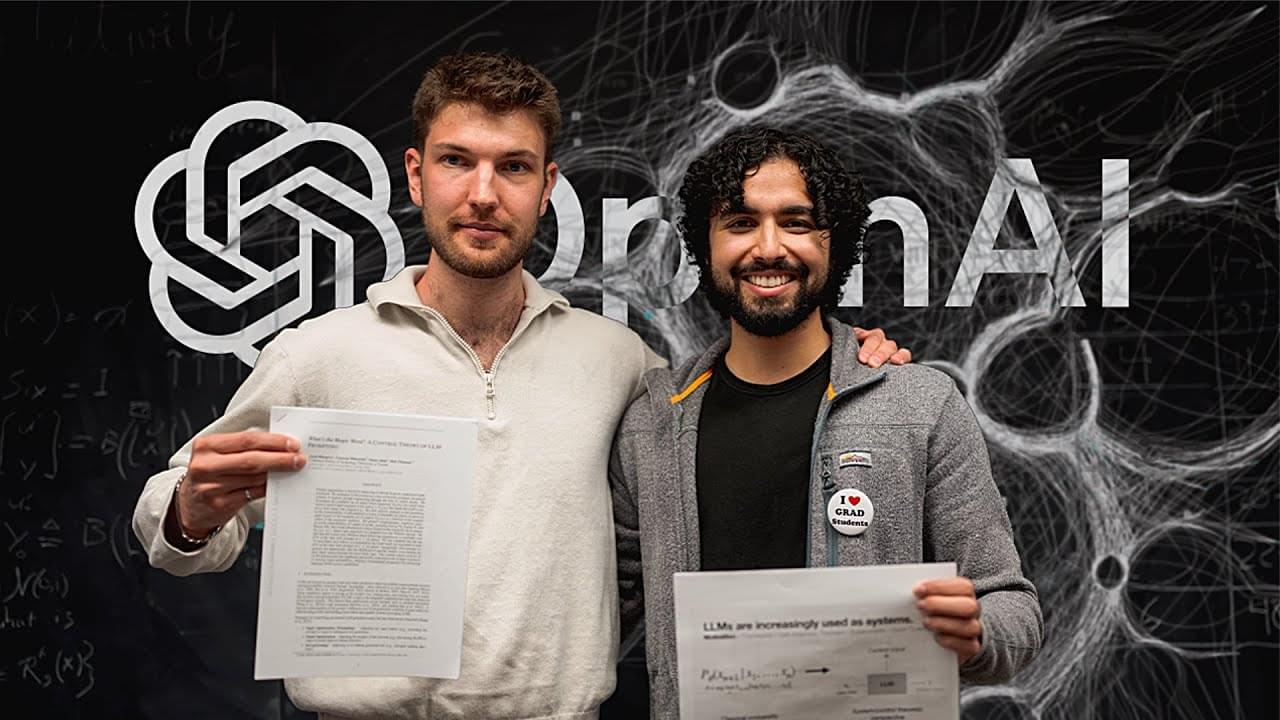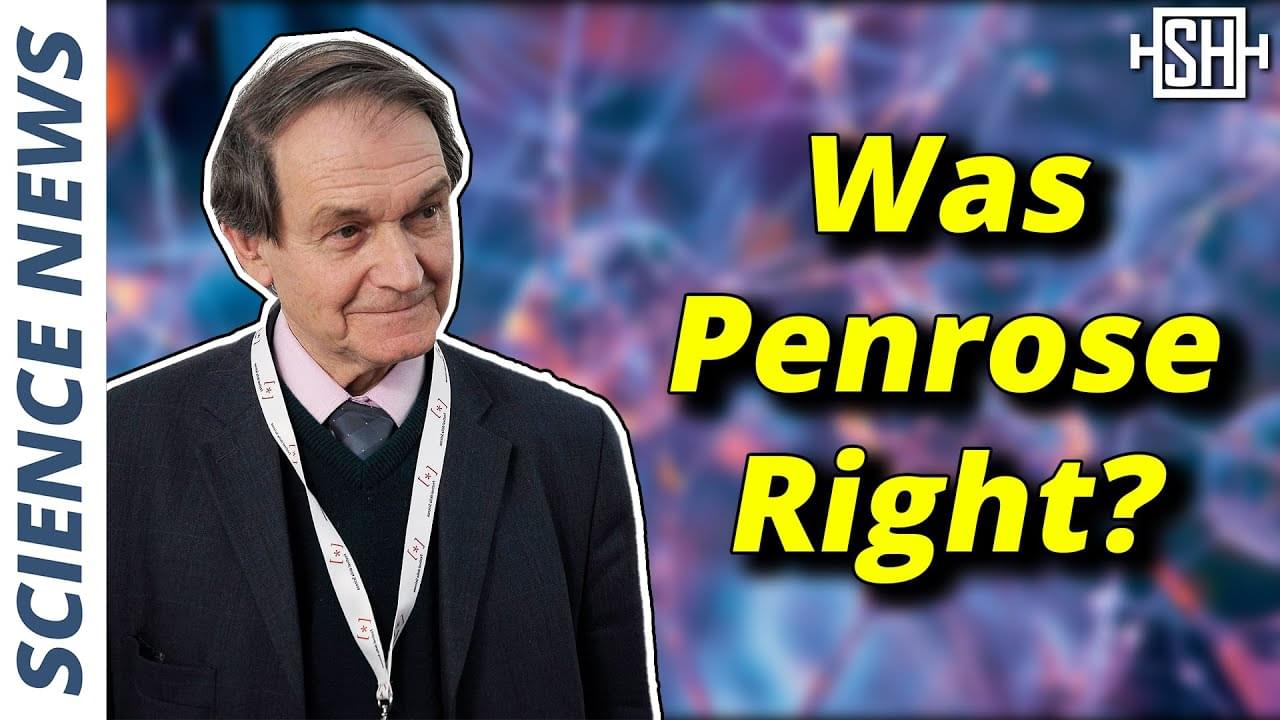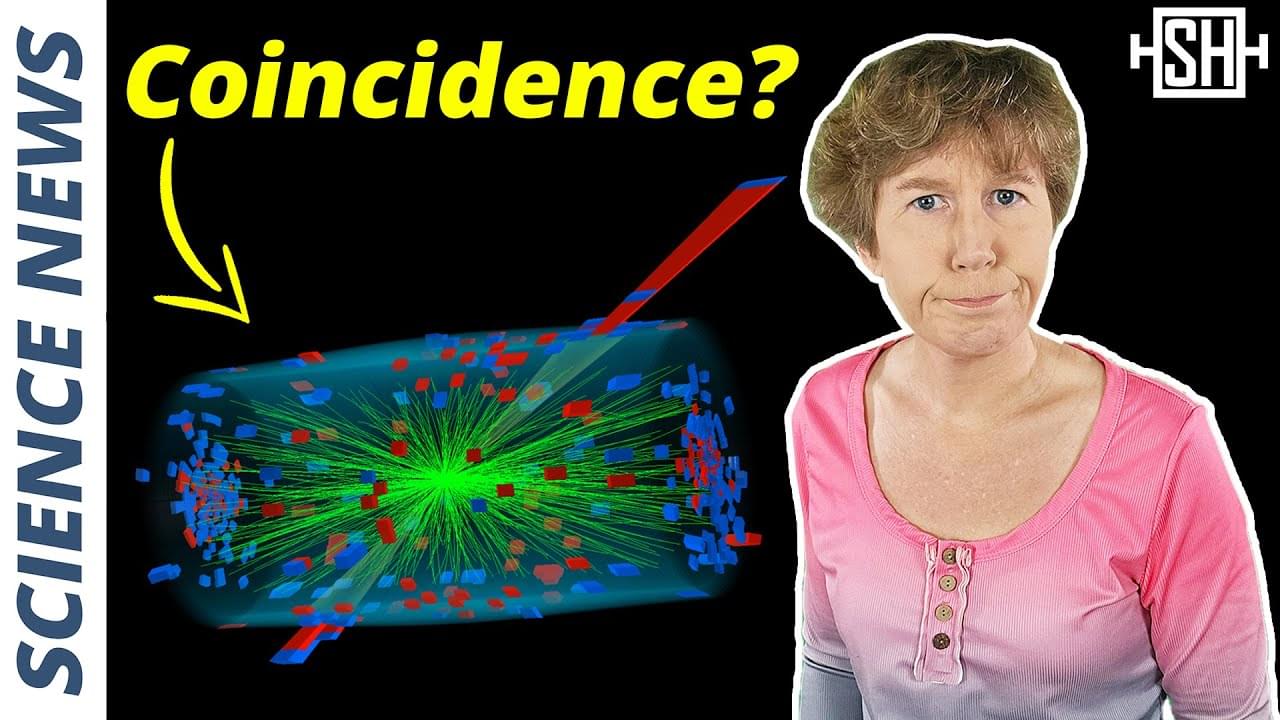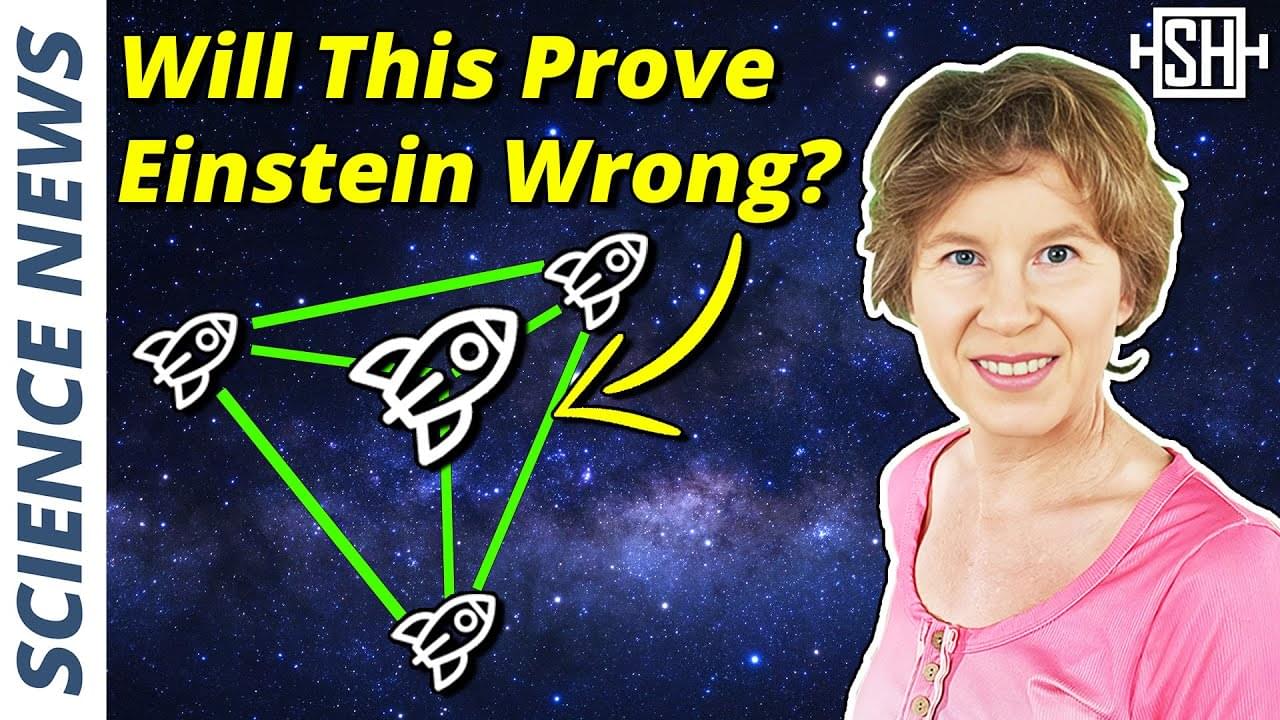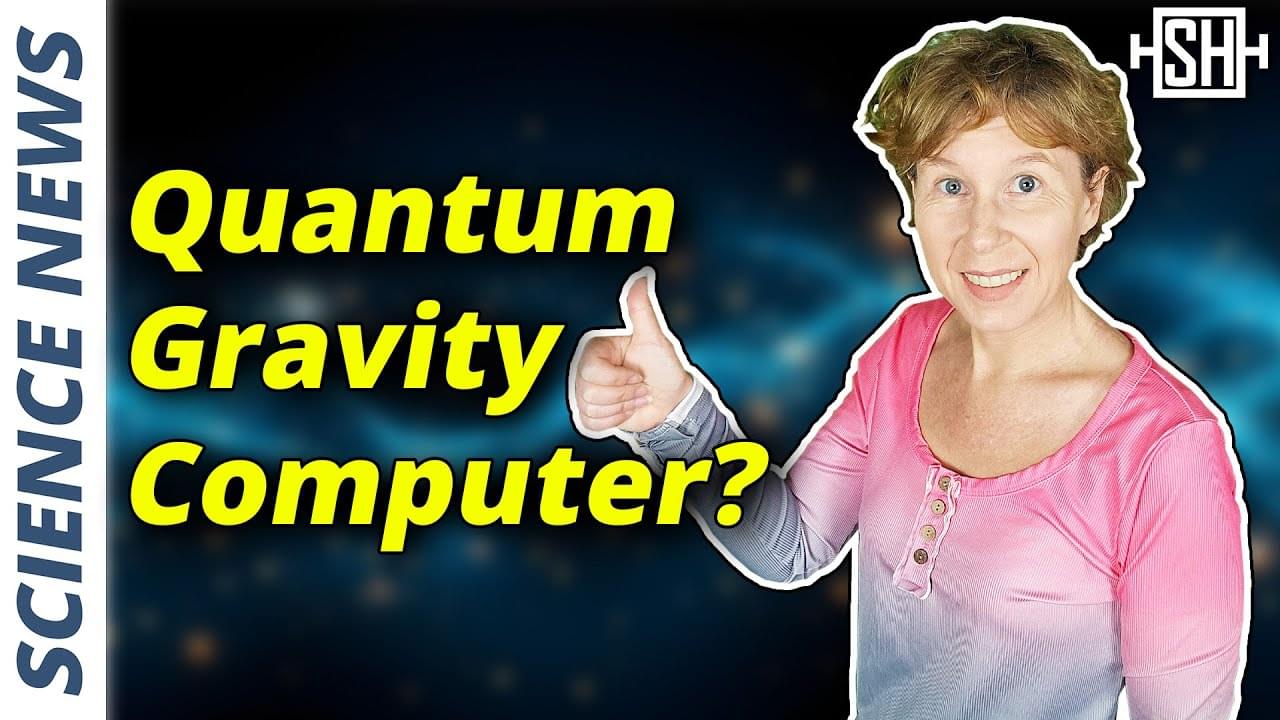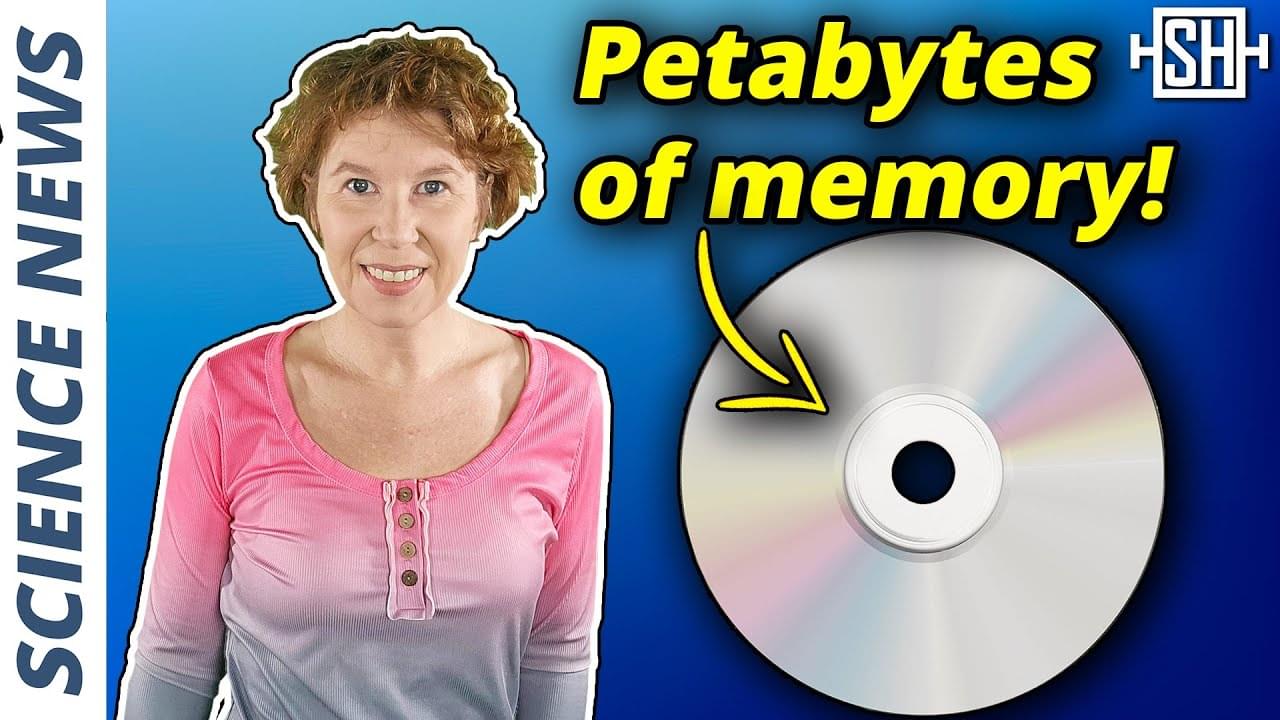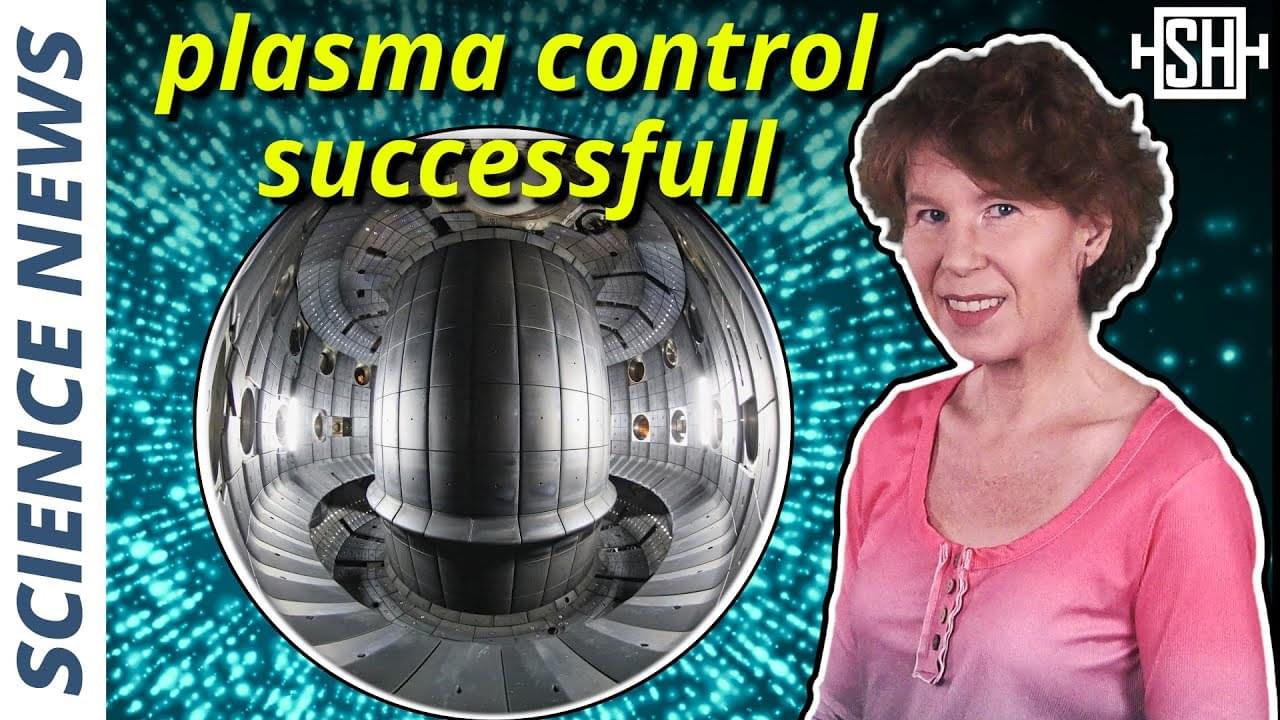May 25, 2024
These two scientists have mapped out the insides or “reachable space” of a language model using control theory, what they discovered was extremely surprising
Posted by Dan Breeden in categories: open access, robotics/AI
Please support us on Patreon to get access to the private Discord server, bi-weekly calls, early access and ad-free listening.
/ mlst.
Aman Bhargava from Caltech and Cameron Witkowski from the University of Toronto to discuss their groundbreaking paper, “What’s the Magic Word? A Control Theory of LLM Prompting.” They frame LLM systems as discrete stochastic dynamical systems. This means they look at LLMs in a structured way, similar to how we analyze control systems in engineering. They explore the “reachable set” of outputs for an LLM. Essentially, this is the range of possible outputs the model can generate from a given starting point when influenced by different prompts. The research highlights that prompt engineering, or optimizing the input tokens, can significantly influence LLM outputs. They show that even short prompts can drastically alter the likelihood of specific outputs. Aman and Cameron’s work might be a boon for understanding and improving LLMs. They suggest that a deeper exploration of control theory concepts could lead to more reliable and capable language models.
